All dogs can fall victim to health problems and some breeds might be have better general health than others, but there are certain conditions that are specific to certain types of dogs. While large breeds are more prone to bloat, small breeds have their own set of worries. Even if you’ve got a healthy pup now, it’s important to make sure you’re aware of the problems you might face when owning and caring for a small or toy breed dog.
#1 – Patellar Luxation
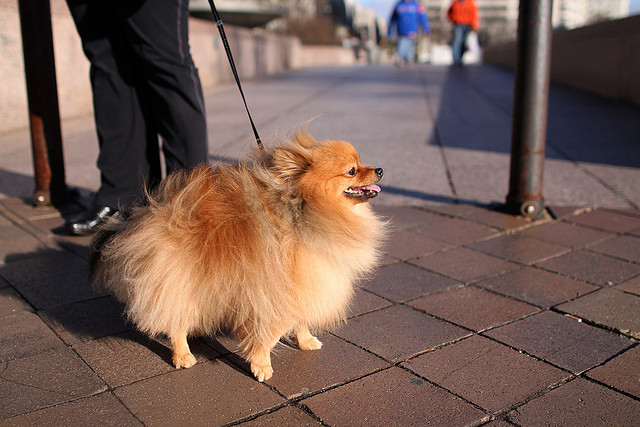
Patellar luxation happens when the kneecap dislocates, or pops out of place. Many small and toy breed dogs are affected by this and you’ll be able to tell if your dog skips or lifts one or both of its rear legs while moving. Lactating patellas are painful and surgery is often the only form of treatment available.
#2 – Dental Disease
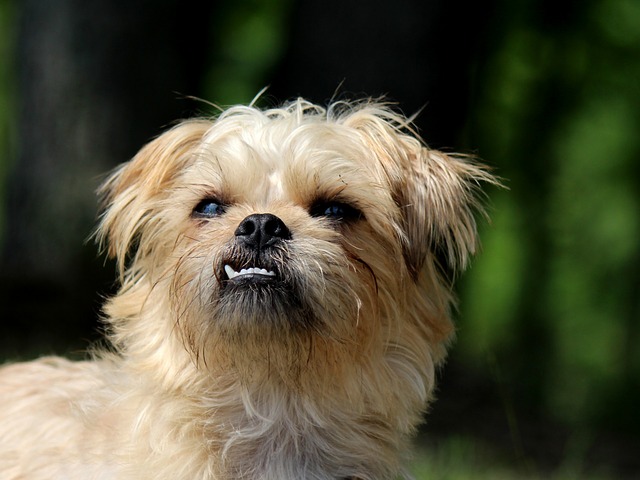
Because many toy breed dogs have smaller, shorter skulls, they don’t have as much room for the normal amount of teeth dogs have. Instead of having less teeth, however, they have all 42 teeth stuffed into their tiny mouths. This leads to the teeth being very crooked and on top of each other, making the risk for dental disease higher. This is because plaque and tartar develops and stays stuck in the extra crevices that large breed dogs don’t have.
#3 – Hip Dysplasia
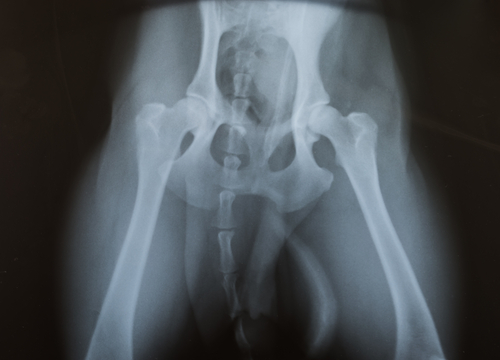
Hip dysplasia occurs in all dogs, even mixed breeds. In fact, you’ll find hip dysplasia listed on our post about health concerns specific to large breeds as well. When it comes to small breeds, the Pug suffers from the highest incidence of hip dysplasia with 68.7% of test dogs being affected.
#4 – Collapsed Trachea
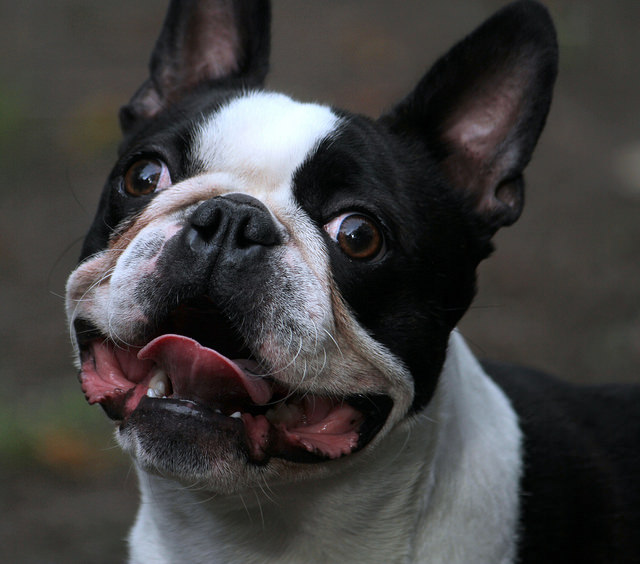
A collapsed trachea is most common in brachycephalic breeds, or breeds with short, squished muzzles. Most toy breeds are brachycephalic, therefore they are more prone to tracheal collapse than larger breed dogs. This happens when the dog starts breathing too quickly, which causes the cartilage surrounding the trachea to constrict and reduce airflow.
#5 – Legg Calve Perthes Disease
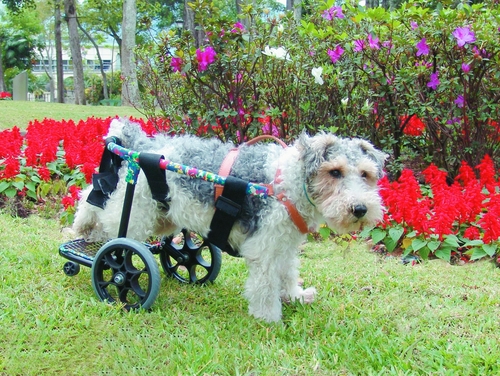
This disorder is thought to be a genetic joint disorder. It is most common in small and toy breeds and is diagnosed by the deterioration of the hip joint. This will actually cause the muscles and eventually the entire leg to shrink and is a very painful condition often first diagnosed from lameness.
#6 – Mitral Valve Disease

Mitral Valve Disease is a condition in which the mitral valve of the heart begins to deteriorate. The separate chambers and valves of the heart keep blood flowing in one direction, but the degradation of the mitral valve allows blood to flow backwards. Unfortunately, there is no treatment for this disease and it will progress into congestive heart failure.
#7 – Brachycephalic Syndrome
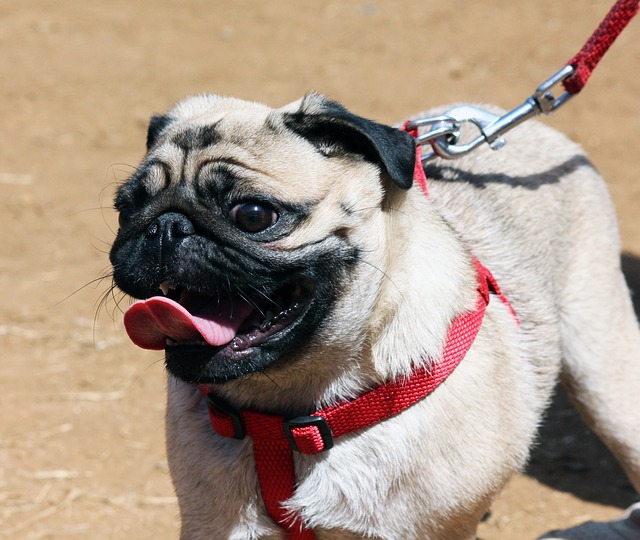
Brachycephalic Syndrome is a disorder specific to brachycephalic dog breeds. Since most toy breeds are brachycephalic, they are most often affected. This disorder prevents efficient airflow and causes difficulty breathing and cooling down, putting affected dogs at a much higher risk for over-heating and suffocating.
#8 – Whelping Issues
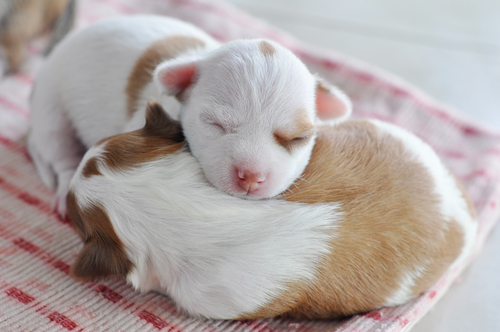
Small dogs don’t have as much room to hold and birth puppies as larger breeds do. The problem arises when a female has puppies larger than her birthing canal, which happens commonly as people focus on making breeds larger. Cesarian sections are very common in small breeds for both the puppies’ and mother’s safety.
#9 – Homeostasis Imbalance
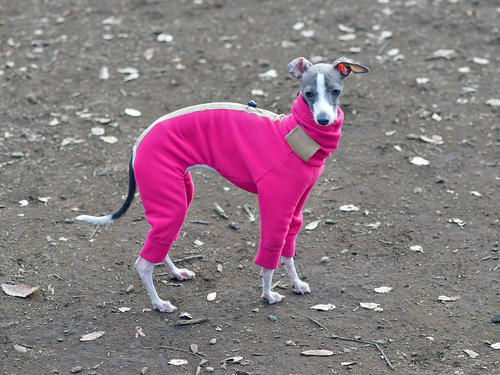
Small breeds often have a lot more difficulty staying at a normal body temperature than larger dogs. They are both heat and cold sensitive, falling victim to over-heating and hypothermia far more quickly and unexpectedly than your average dog.
#10 – Reverse Sneeze
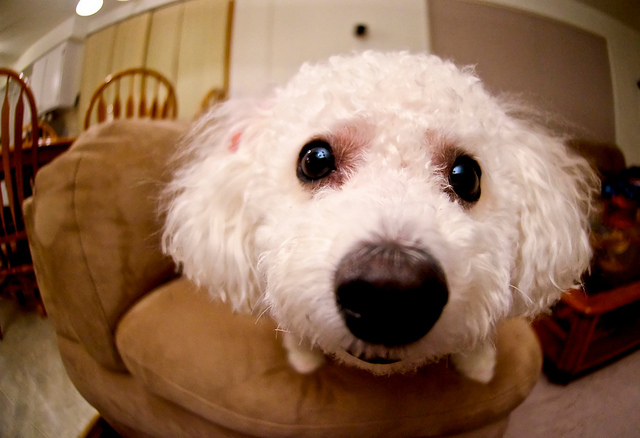
Reverse sneezing is a relatively harmless condition, but it does cause minor discomfort to the dog. A reverse sneeze is not actually a sneeze, but a spasm of the soft palate and throat that creates a honking, choking sound.

